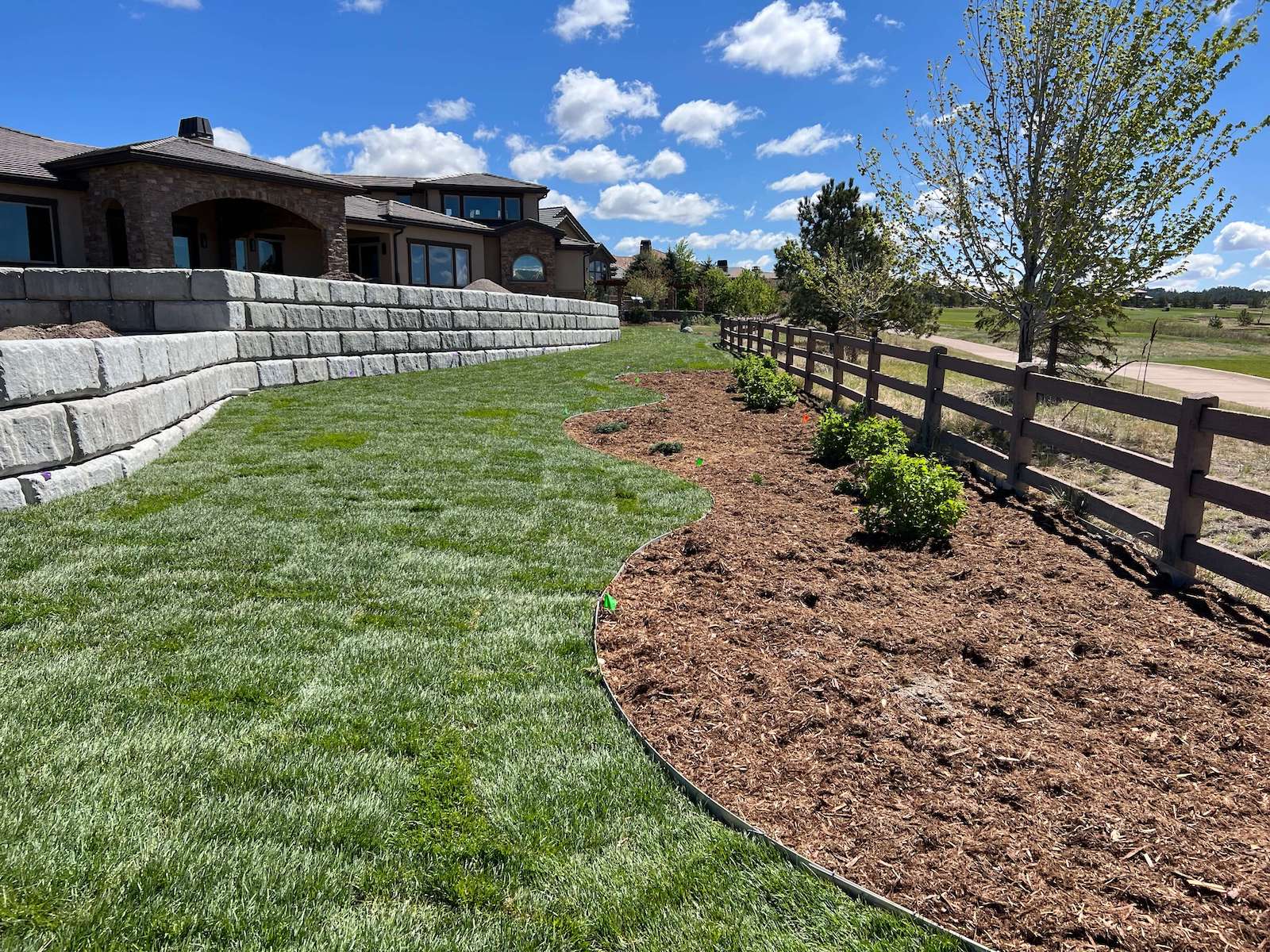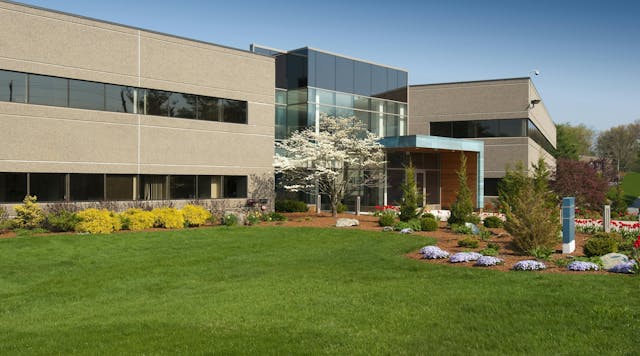The Single Strategy To Use For Hilton Head Landscapes
The Single Strategy To Use For Hilton Head Landscapes
Blog Article
The 15-Second Trick For Hilton Head Landscapes
Table of ContentsExamine This Report about Hilton Head LandscapesHilton Head Landscapes for DummiesThe 25-Second Trick For Hilton Head Landscapes10 Simple Techniques For Hilton Head LandscapesHilton Head Landscapes Fundamentals ExplainedA Biased View of Hilton Head LandscapesHilton Head Landscapes Fundamentals Explained
Line develops all kinds and patterns and can be utilized in a variety of means in the landscape. Line in the landscape is developed by the edge between two materials, the outline or silhouette of a form, or a long linear attribute. Lines are an effective tool for the developer because they can be made use of to develop a limitless variety of forms and forms, and they control movement of the eye and the body.

Lines can have several characteristics, such as those defined below, however they usually serve different objectives. Number 1. Lines in the landscape - bluffton landscaping. The homes of lines determine how individuals react to the landscape, both emotionally and physically. Straight lines are structural and powerful; they produce a formal character, are typically related to a balanced style, and lead the eye directly to a centerpiece.
What Does Hilton Head Landscapes Do?
Straight lines are most often found in hardscape edges and product. Bent lines develop an informal, natural, loosened up character that is linked extra with nature and unbalanced equilibrium. Rounded lines relocate the eye at a slower pace and add enigma to the area by creating concealed sights. Upright lines relocate the eye up, making an area feel bigger.
Vertical lines in the landscape include tall, narrow plant product, such as trees, or tall structures, such as an arbor or a bird residence on a pole. Horizontal lines move the eye along the ground aircraft and can make a room feel larger. Low lines are a lot more suppressed and create a feeling of rest or repose.
More About Hilton Head Landscapes
Reduced lines are created by low yard walls, sidewalks, and short bushes. Lines are made use of to attract kinds on a strategy. In plan sight, they specify plant beds and hardscape areas. Lines are also produced by the vertical kinds of built attributes and plant material. There are three key line types that produce kind in the landscape: bedlines, hardscape lines, and plant lines.
Bedlines link plant product to your house and hardscape since the eye adheres to the line, moving the look with the landscape. Hardscape lines are created by the edge of the hardscape, which marks the built structure. Line can also be developed by lengthy and narrow materials, such as a fence or wall.
Some Known Questions About Hilton Head Landscapes.
Form is discovered in both hardscape and plants, and it is typically the dominant aesthetic component that spatially arranges the landscape and usually determines the style of the yard. The type of structures, plant beds, and garden ornaments additionally identifies the total kind motif of the garden. Official, geometric forms include circles, squares, and polygons.
Plants develop kind in the garden through their details or silhouettes, however type can likewise be specified by a gap or unfavorable space between plants - Landscaping bluffton sc (https://www.tumblr.com/h1tnhdlndscps/754928253939187712/family-owned-and-operated-hilton-head-landscapes?source=share). Circles can be cycles, or they can be separated right into half circles or circle sections and integrated with lines to create arcs and tangents
How Hilton Head Landscapes can Save You Time, Stress, and Money.
Circles can also be extended into ovals and ellipses for even more variety and passion. Circles are a solid style kind since the eye is always attracted to the center, which can be made use of to highlight a prime focus or connect various other forms. Figure 2. Round kinds in hardscape and lawn panels.
The square form can likewise be segmented and previously owned consistently to produce a grid pattern. Unlike circles, squares are more powerful on the edges, which can be lined up or overlapped to develop unique patterns and even more complex forms.
Twisting lines usually imitate the all-natural course of rivers or streams and can be defined as smooth lines with deeply curved undulations. Meandering lines (Figure 3) work well for paths, plant bedlines, and completely dry stream beds. Meandering lines can include interest and secret to a garden by leading audiences around edges to discover brand-new sights and spaces.
9 Simple Techniques For Hilton Head Landscapes

Typical plant kinds are well established and standardized, as type is the most regular and well-known feature of plants. Kind can likewise be created with the massing of plants, where the total mass creates a various type than an individual plant.
A highly different form should be utilized with careone or more job well as a focal factor, pop over to this site however a lot of wreak havoc. All-natural plant forms, instead of over-trimmed forms, should establish the bulk of the structure. The relevance of overall type is essentially reliant on the checking out perspectivethe type of a tree can show up rather various to an individual standing under the canopy versus checking out the tree from a distance in an open area.
Hilton Head Landscapes for Beginners
Plant types also create and specify deep space or open areas in between the plants, developing either convex or concave forms in deep spaces. High-arching tree branches usually produce a concave open area under the branches, and a round cover with reduced branches loads the space to develop a convex kind in the open area under the tree.

Report this page